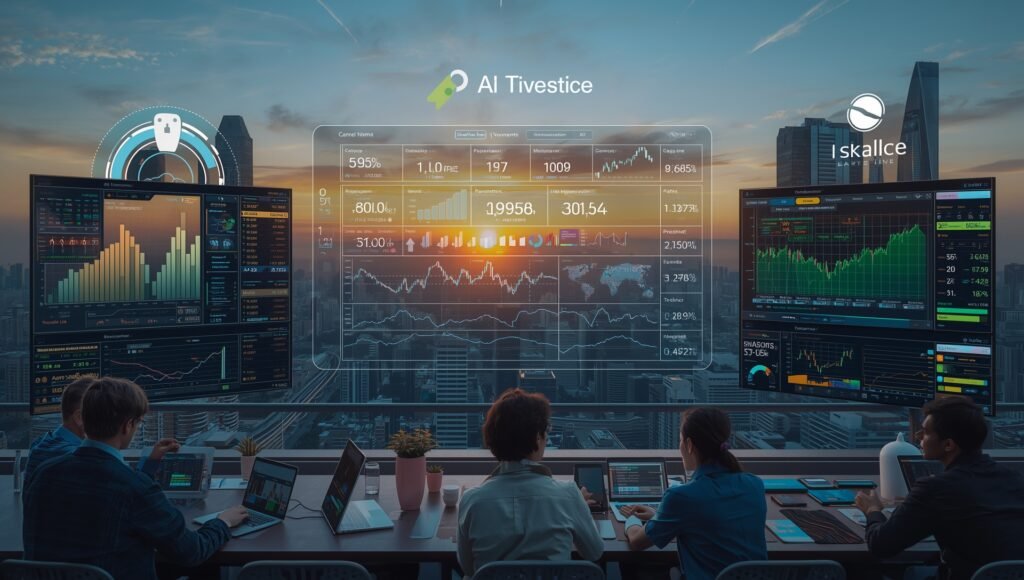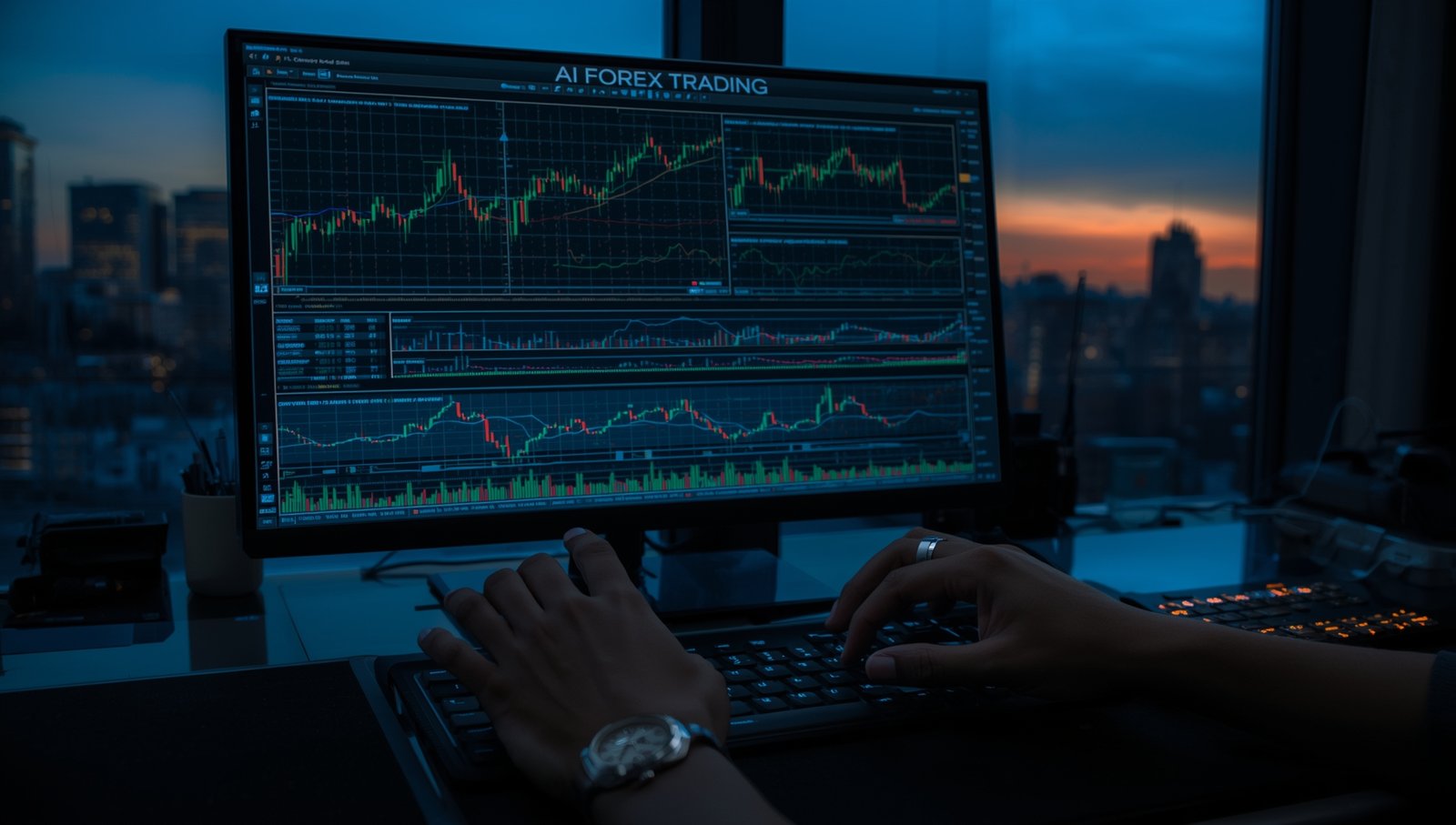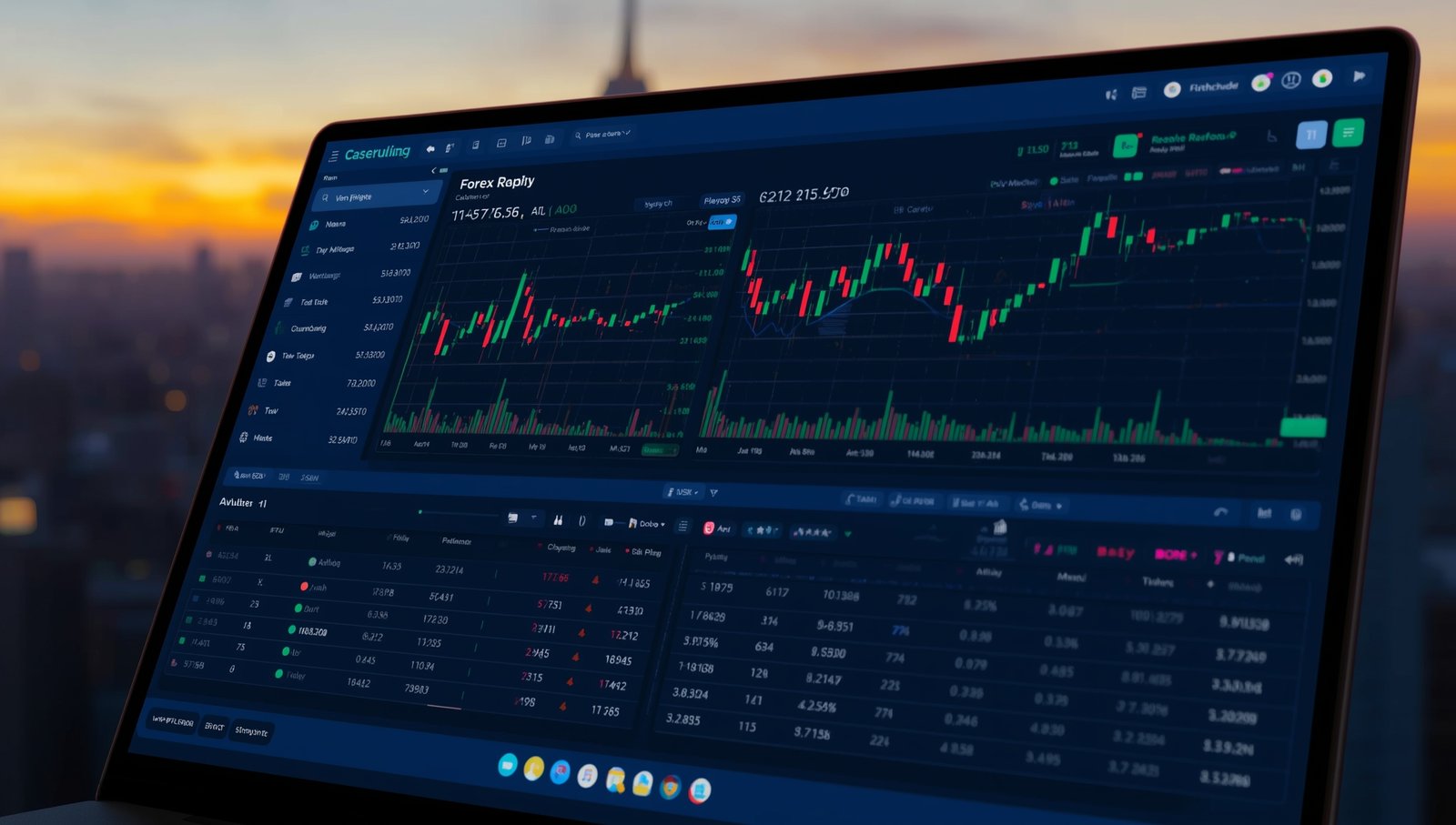The investment landscape has shifted dramatically with artificial intelligence becoming a core component of trading strategies. Tech-savvy investors now have access to sophisticated AI investing tools that were once exclusive to institutional traders and hedge funds. These platforms analyze vast amounts of market data, identify patterns, and execute trades faster than any human could manage.
AI investing tools in 2025 range from algorithmic trading bots like Optimus AI to portfolio management platforms and market analysis software. These tools use machine learning to process data and identify trading opportunities, though all trading involves risk and past performance doesn’t guarantee future results.
The adoption of AI in investing has grown substantially. According to research from the financial technology sector, algorithmic trading now accounts for a significant portion of market volume. This shift reflects both technological advancement and increased accessibility for retail investors who want to leverage data-driven strategies.
Understanding Modern AI Investing Platforms
AI investing tools operate by processing multiple data streams simultaneously. These systems analyze price movements, trading volumes, social media sentiment, news articles, and economic indicators to make informed decisions. The technology behind these platforms includes machine learning algorithms that can adapt to changing market conditions.
Several categories of AI investing tools have emerged:
- Algorithmic trading bots that execute trades based on predefined strategies
- Portfolio management systems that rebalance investments automatically
- Market analysis platforms that provide predictive insights
- Risk assessment tools that evaluate potential losses
- Sentiment analysis software that gauges market mood
Each category serves different investor needs. Some traders prefer fully automated systems, while others use AI tools as advisory support for manual trading decisions. The choice depends on individual risk tolerance, investment goals, and technical expertise.
Key AI Trading Technologies Available Today
The market for AI investing tools has expanded considerably. Platforms like those offered through Korvato provide algorithmic trading capabilities to everyday users who previously lacked access to institutional-grade technology. These systems allow investors to set their own risk parameters while the AI handles execution.
Machine learning models power most modern trading tools. These models continuously learn from historical data and real-time market movements. Natural language processing enables systems to interpret news and social media, translating unstructured text into actionable trading signals.
| Technology Type | Primary Function | User Control Level |
| Algorithmic Trading Bots | Automated trade execution | High (user sets parameters) |
| Predictive Analytics | Market forecasting | Advisory only |
| Portfolio Rebalancing | Asset allocation optimization | Medium (approval required) |
| Sentiment Analysis | Market mood assessment | Information only |
Neural networks represent another advancement in AI investing tools. These complex systems mimic human brain structure to recognize intricate patterns across multiple market variables. Deep learning networks can identify correlations that traditional analysis might miss, though this doesn’t eliminate investment risk.
Evaluating AI Investment Education Resources
For investors wanting to understand these technologies better, several educational paths exist. An ai investing course can provide foundational knowledge about how algorithms process market data and execute trades. These courses typically cover machine learning basics, trading strategy development, and risk management principles.
Quality educational resources should explain both capabilities and limitations of AI systems. Investors need realistic expectations about what these tools can achieve. No AI system can predict markets with certainty, and all automated trading carries the risk of financial loss.
When evaluating educational content, look for materials that:
- Explain the underlying technology without overpromising results
- Discuss risk management as a core component
- Provide realistic case studies rather than cherry-picked successes
- Acknowledge that past performance doesn’t indicate future outcomes
- Teach how to set appropriate parameters for individual risk tolerance
Many platforms now offer demo accounts where investors can test AI tools with simulated funds. This hands-on experience proves more valuable than theoretical knowledge alone. Testing strategies without financial risk helps investors understand how algorithms respond to different market conditions.

Risk Considerations and Practical Implementation
Implementing AI investing tools requires careful consideration of multiple risk factors. Market volatility can trigger unexpected algorithm behavior, especially during unusual conditions that differ from historical training data. Black swan events—rare, unpredictable occurrences—can cause AI systems to perform poorly since they lack precedent in their training sets.
Investors should never deploy AI tools without understanding their risk parameters. Most reputable platforms, including those evaluating whether Korvato scam concerns have merit, allow users to set maximum loss thresholds, position sizes, and trading frequency limits. These controls help protect capital during adverse market movements.
Technical risks also exist. Internet connectivity issues, platform outages, or software bugs can disrupt automated trading. Investors using AI tools should maintain awareness of their positions and have contingency plans for manual intervention if necessary.
Regulatory considerations vary by jurisdiction. Some regions have specific requirements for algorithmic trading, including mandatory kill switches or maximum order-to-trade ratios. Investors should verify that their chosen platform complies with applicable regulations in their location.
Selecting the Right AI Tools for Your Strategy
Choosing appropriate AI investing tools depends on several personal factors. Investment timeline, capital allocation, technical expertise, and risk tolerance all influence which platforms suit individual needs.
Short-term traders might prioritize execution speed and high-frequency capabilities. The best ai trading bot for day trading differs significantly from tools designed for long-term portfolio management. High-frequency systems require low-latency connections and rapid decision-making algorithms, while long-term tools focus on trend identification and gradual position building.
Consider these factors during selection:
- Transparency: Does the platform explain its decision-making process?
- Customization: Can you adjust strategies to match your risk profile?
- Track record: What verifiable performance history exists? (Remember past performance doesn’t guarantee future results)
- Support: Does the provider offer adequate technical assistance?
- Costs: Are fees structured transparently with no hidden charges?
- Security: What measures protect your capital and data?
Testing multiple platforms through demo accounts before committing real capital makes sense. This approach lets investors compare features, user interfaces, and strategy options without financial exposure. Most serious platforms provide this capability.
Integration with existing brokerage accounts matters for practical implementation. Some AI tools operate as standalone platforms requiring fund transfers, while others connect directly to major brokerages through APIs. Direct integration typically offers smoother operation and faster execution.
Making Informed Decisions About AI Investing
The proliferation of AI investing tools creates both opportunities and challenges for tech-savvy investors. These technologies offer powerful capabilities for data analysis and trade execution that were unimaginable a decade ago. However, they don’t eliminate the fundamental uncertainty inherent in financial markets.
Successful implementation requires education, careful platform selection, and realistic expectations. Investors should view AI tools as sophisticated instruments that require proper understanding and risk management rather than automatic profit generators. The technology assists decision-making but doesn’t replace the need for sound investment principles.
Starting with smaller capital allocations while learning how specific tools operate represents a prudent approach. As comfort and understanding increase, investors can adjust their usage accordingly. Continuous monitoring remains essential even with automated systems, as market conditions change and algorithms may require parameter adjustments.
The AI investing landscape will continue evolving throughout 2025 and beyond. New algorithms, improved data processing, and enhanced user interfaces will emerge. Staying informed about technological developments while maintaining disciplined risk management will help investors navigate this dynamic environment effectively. All trading involves risk, and investors should never commit capital they cannot afford to lose.



